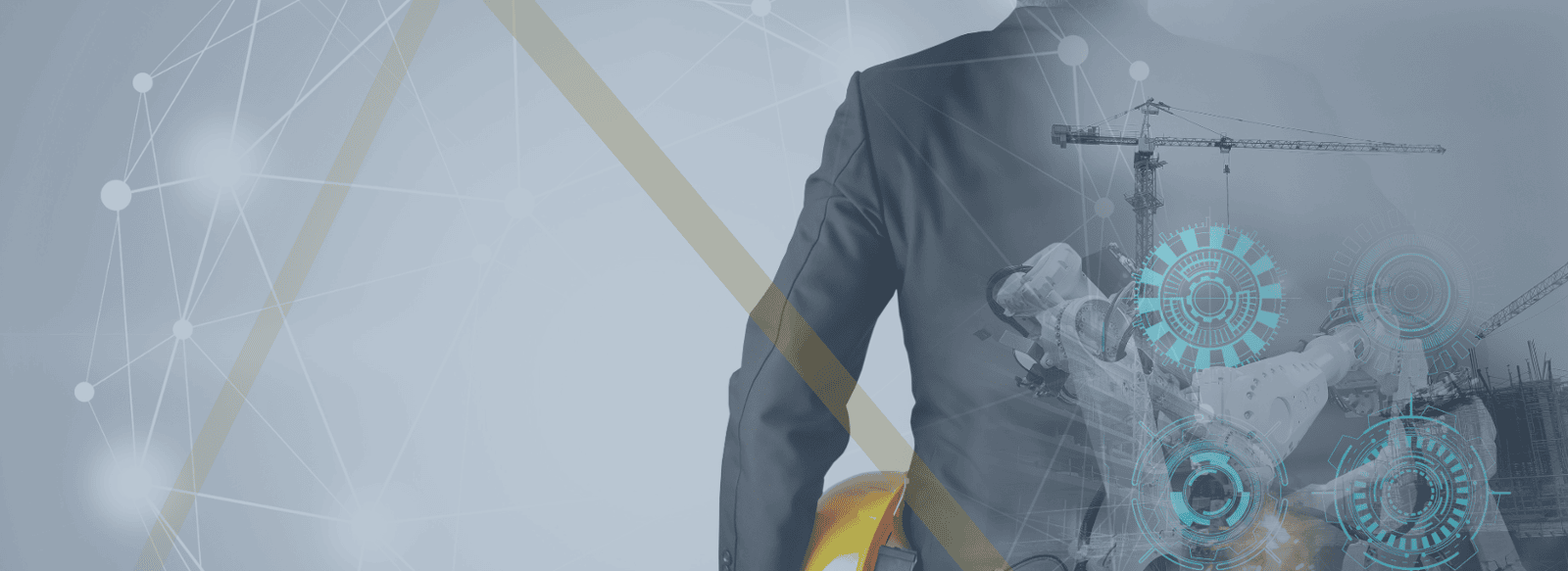
In 2025 - Companies must continually seek to optimize their processes and deliver more value to customers.
Lean methodology—a proven approach focusing on waste reduction, continuous improvement, and customer-centric operations—provides a robust framework to achieve these goals.
In this comprehensive guide, we’ll explore 5 key strategies that leverage Lean principles to help businesses drive operational excellence, reduce costs, and outperform the competition in 2025.
1. Leverage Value Stream Mapping (VSM) for Operational Efficiency
1. Leverage Value Stream Mapping (VSM) for Operational Efficiency
Why VSM Is Critical
- Helps you visualize workflows from start to finish, revealing bottlenecks and non-value-added steps.
- Enables data-driven decisions to reduce cycle times and improve overall customer satisfaction.
Steps to Implement VSM
- Current State Mapping: Identify every step in your existing processes to pinpoint inefficiencies.
- Analyze and Prioritize: Use metrics like cycle time and takt time to quantify waste.
- Future State Mapping: Redesign workflows to establish a streamlined flow of value, removing delays.
- Monitor and Iterate: Measure improvements continuously and adjust strategies as needed.
2. Embrace The Lean - AI Digital Transformation with Automation
2. Embrace The Lean - AI Digital Transformation with Automation
Why The Lean - AI Link Is Essential
- Real-time data uncovers bottlenecks and supports faster, data-driven decisions.
- Automation and Artificial Intelligence (AI) reduce human error, idle time, and manual redundancies.
- Integrating technology with Lean principles accelerates operational efficiency.
Practical Steps to Lean Digital Transformation
- Automate Repetitive Processes: Deploy RPA (Robotic Process Automation) for tasks like data entry or inventory management.
- Leverage Business Intelligence: Use platforms such as Power BI or Zoho Analytics for on-demand, visual operational metrics.
- Adopt AI-Driven Analytics: Harness machine learning to predict future bottlenecks and optimize processes proactively.
- Integrate IoT with ERP: Capture real-time equipment data and analytics to ensure smooth production flows.
- Enhance Customer Value: Improve response times and personalize experiences using digital customer feedback systems.
3. Cultivate Lean Leadership and Empower Your Workforce
3. Cultivate Lean Leadership and Empower Your Workforce
Why Leadership & Empowerment Are Key
- Leaders set the tone for continuous improvement and problem-solving culture.
- Employee empowerment drives innovation, as frontline staff are often the first to spot issues and propose solutions.
How to Foster Lean Leadership in 2025
- Lead by Example: Practice “Gemba Walks” to see how processes work on the ground.
- Implement Continuous Learning: Offer Lean training sessions, Kaizen workshops, and cross-functional problem-solving events.
- Create Transparency: Use A3 Thinking to align teams on structured problem-solving approaches.
- Recognize & Reward: Celebrate employees who propose and implement Lean-friendly ideas.
4. Adopt Continuous Flow and Pull Systems to Eliminate Inventory Waste
4. Adopt Continuous Flow and Pull Systems to Eliminate Inventory Waste
What Are Pull & Flow Systems?
- Continuous Flow: Ensures tasks proceed in a smooth, uninterrupted sequence.
- Pull System: Triggers production based on actual customer demand, minimizing overproduction and excess inventory.
Steps to Implement Pull & Flow
- Identify Takt Time: Align production speed to real customer demand rates.
- Use Kanban Boards: Employ visual signals (physical or digital) to track inventory and workflows.
- Streamline Processes: Reorganize layouts, eliminate redundant steps, and manage bottlenecks effectively.
- Monitor Inventory: Use Lean metrics to reduce carrying costs and avoid overstocking.
5. Prioritize Continuous Improvement with Kaizen and PDCA
5. Prioritize Continuous Improvement with Kaizen and PDCA
Why Continuous Improvement Is Non-Negotiable
- Small, consistent changes lead to significant gains in operational effectiveness over time.
- Encourages a “fail fast, learn quickly” mindset essential in fast-moving markets.
Two Key Lean Tools
- Kaizen: Focuses on incremental changes that collectively make a big impact.
- PDCA Cycle (Plan-Do-Check-Act): A structured method for testing and iterating process improvements.
How to Promote Continuous Improvement
- Hold Regular Kaizen Events: Target specific issues like production line delays or customer complaints.
- Empower Teams: Teach staff tools such as 5 Whys and Fishbone Diagrams to identify root causes quickly.
- Measure Impact: Track defect rates, customer satisfaction, and cycle times to evaluate outcomes.
- Iterate & Scale: Expand successful solutions organization-wide for exponential gains.
Conclusion
Conclusion
Lean continues to be the Future of Operational Excellence in 2025
Amid rapid technological change and heightened competition, Lean methodology stands out as a sustainable path to operational excellence. By integrating Value Stream Mapping, digital transformation, Lean leadership, pull systems, and continuous improvement, businesses can not only survive but thrive in 2025 and beyond.
Next Steps for a Successful 2025
- Conduct a Lean Assessment: Identify high-impact areas to optimize.
- Implement Digital Tools: Align technology with Lean goals for increased efficiency.
- Develop Lean Leaders: Empower leaders and employees to champion continuous improvement.
- Adopt Pull & Flow Systems: Tailor production and services to real demand.
- Champion Kaizen & PDCA: Foster a culture of ongoing, incremental enhancements.
By prioritizing Lean transformation, companies can achieve scalable growth, enhance customer satisfaction, and ensure profitability in an ever-evolving market.
Need Help Kickstarting Your Lean Journey?
Contact our team for expert guidance on tools, frameworks, and customized Lean strategies.
Make 2025 the year your organization achieves operational excellence and stands out as an industry leader.
